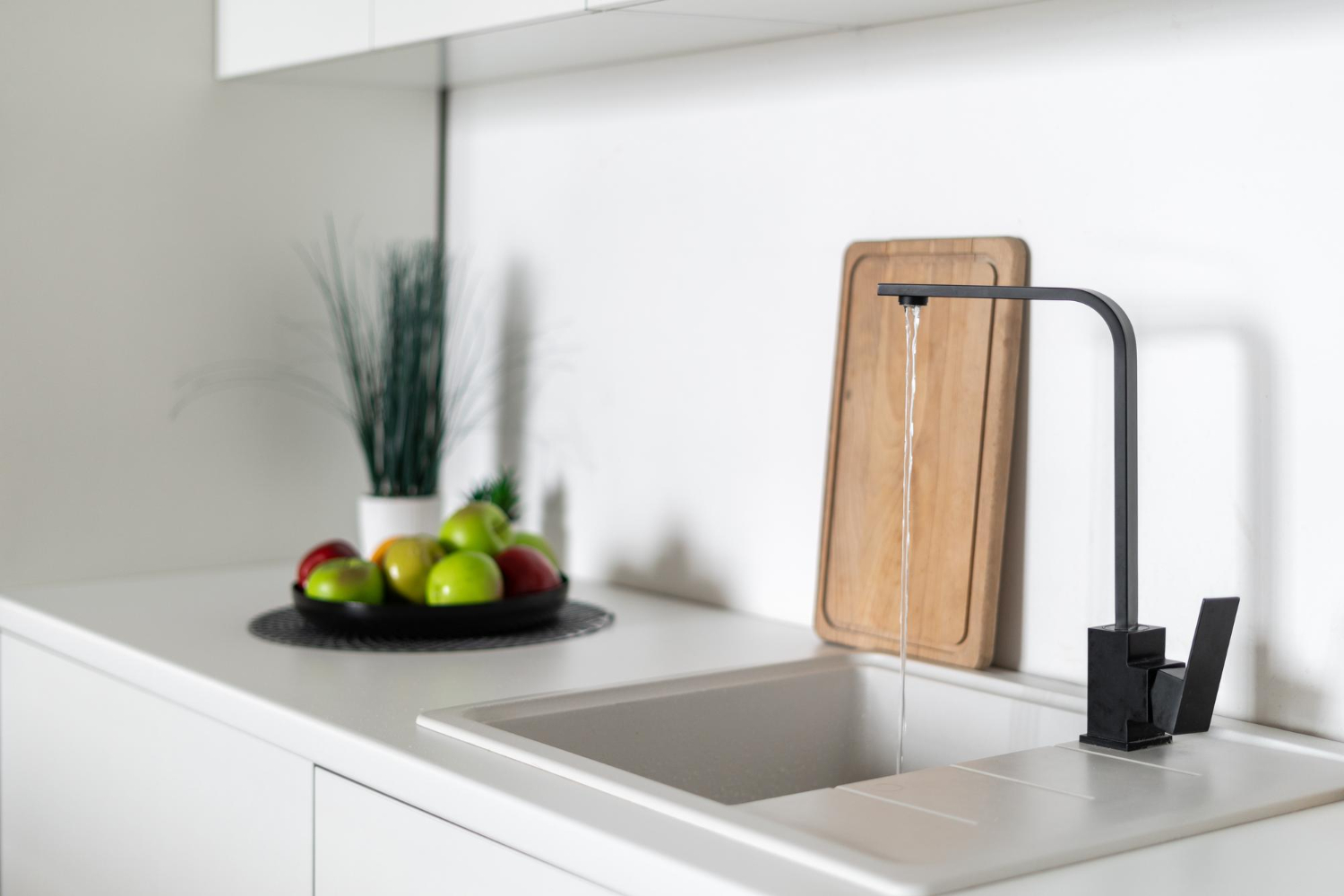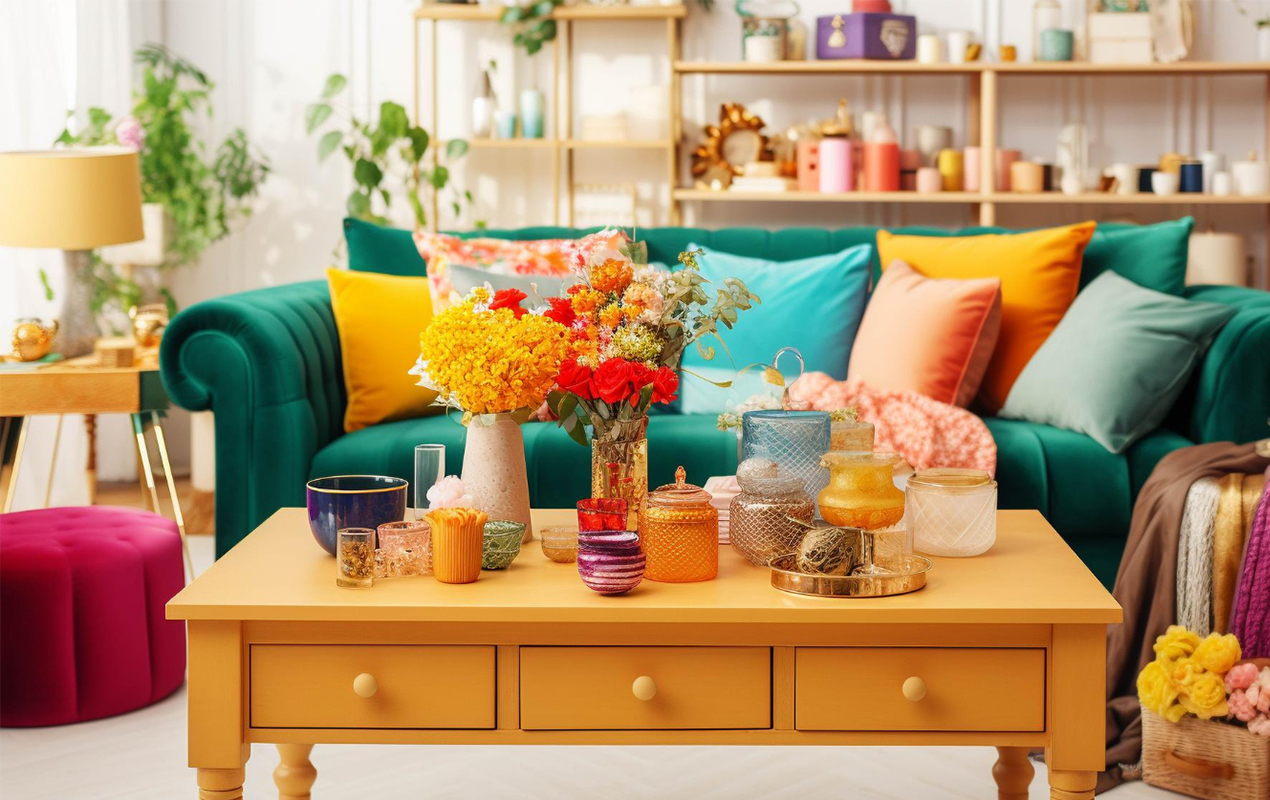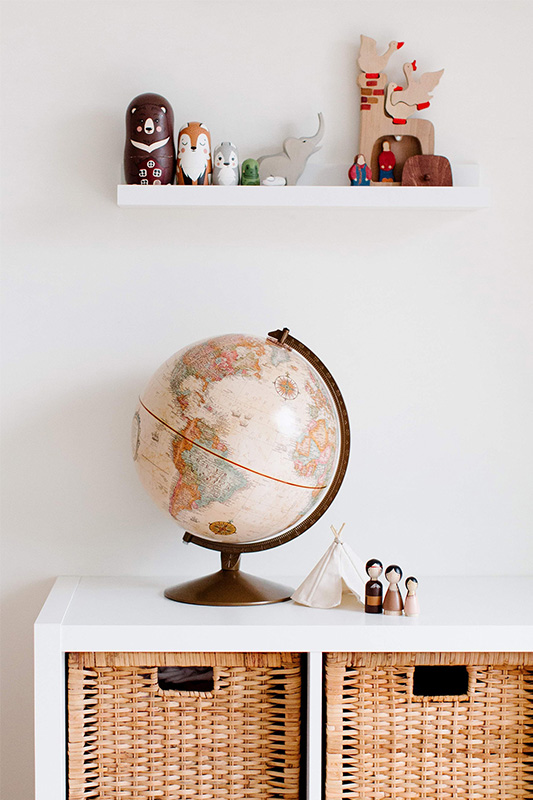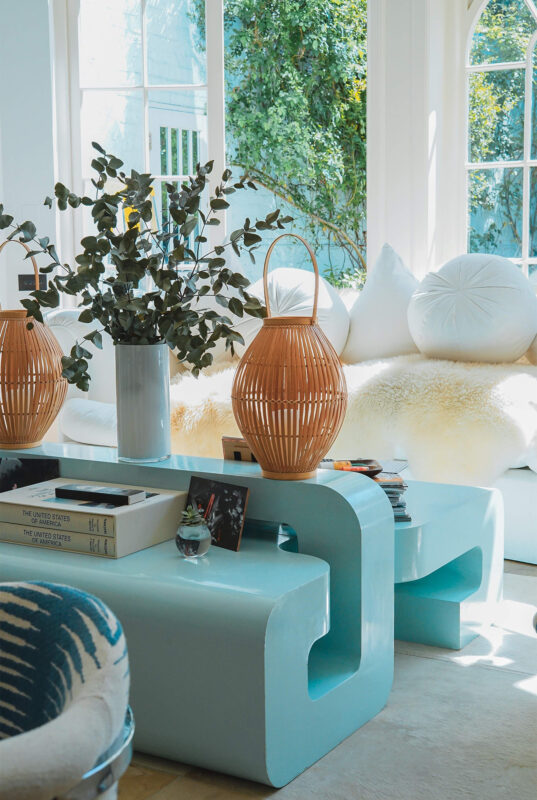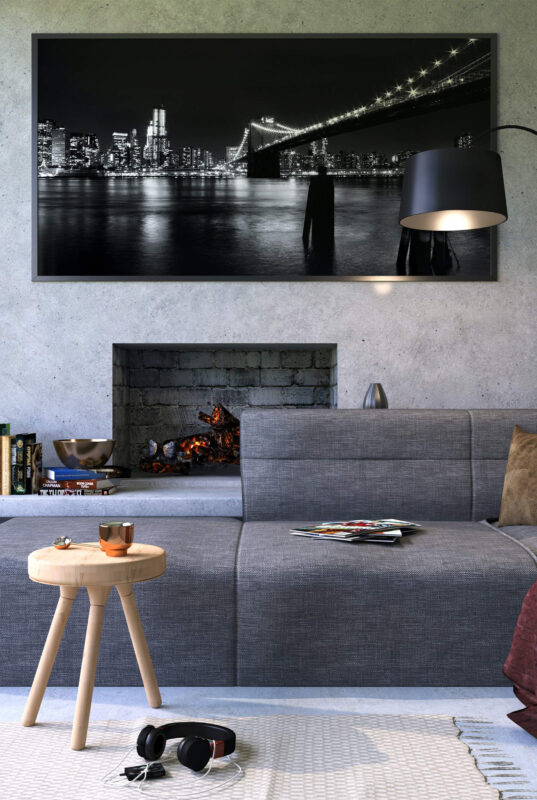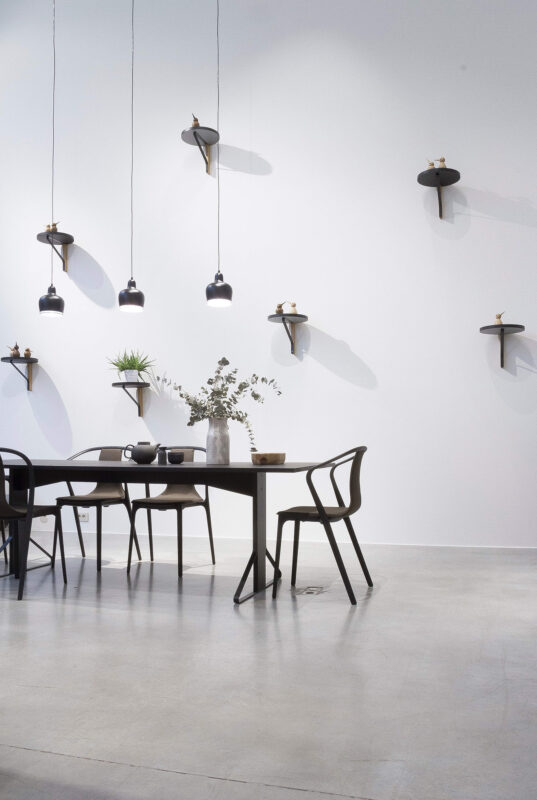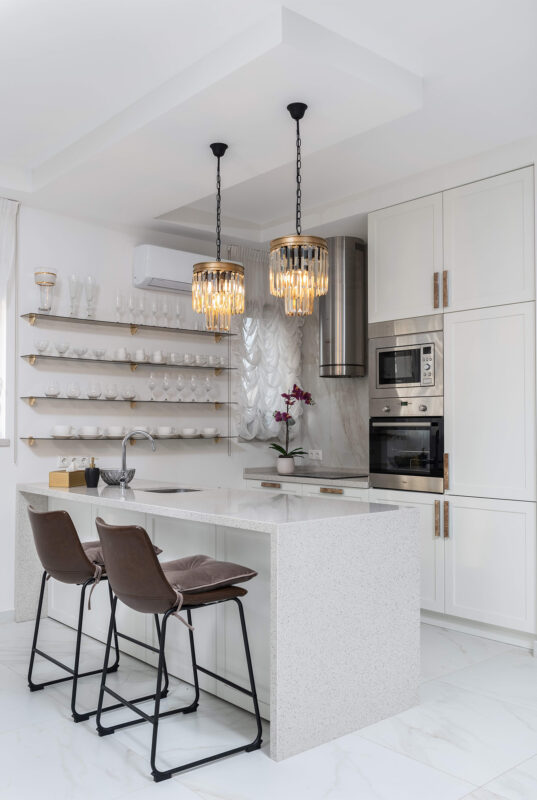Dorm Room Design 101: Creating Your Ultimate Study and Chill Zone
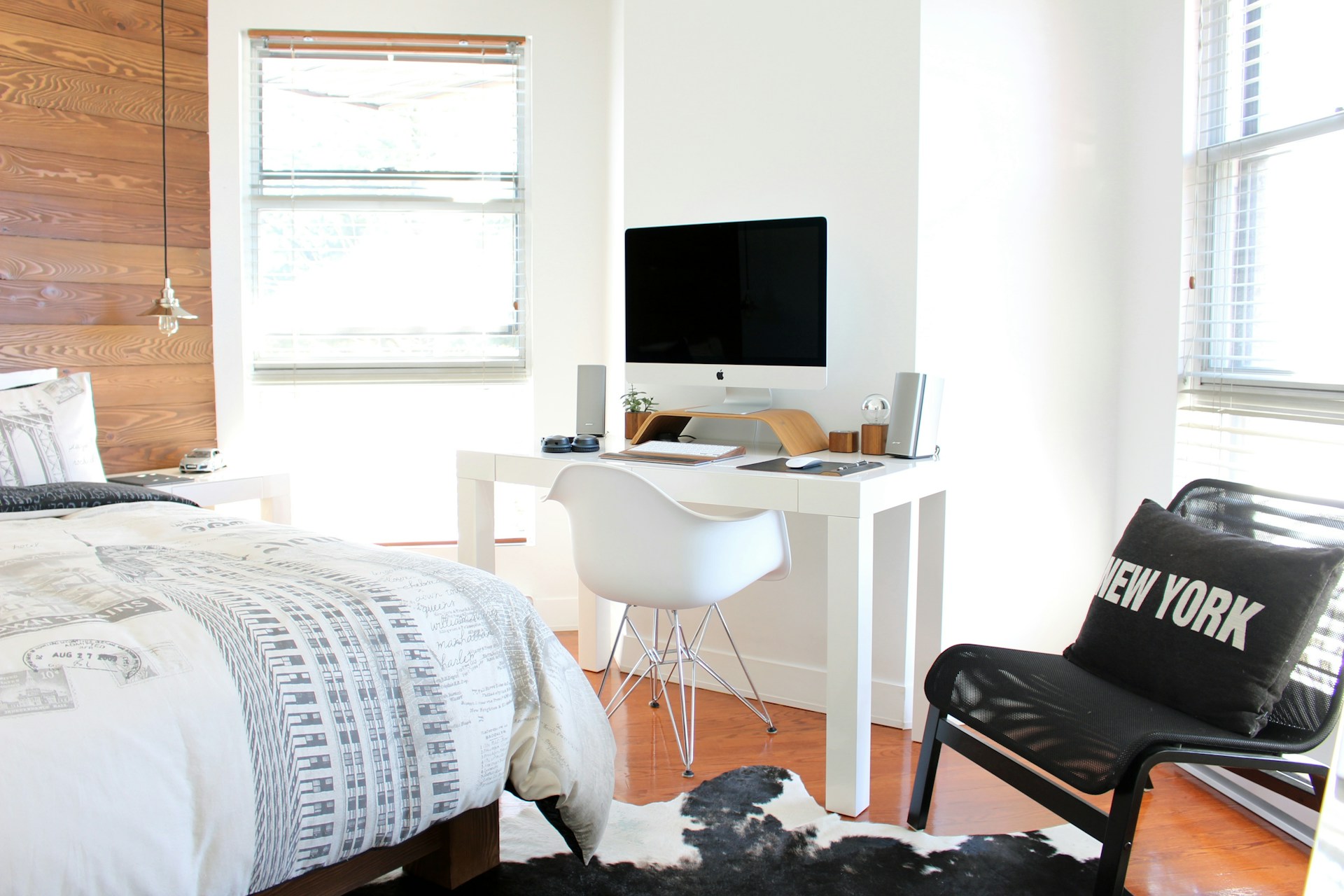
A dorm room is more than four walls and a bed. It’s your home base for studying, relaxing, and connecting with friends. The challenge is fitting all those roles into one compact space without it feeling cramped or chaotic.
Creating a setup that supports both productivity and comfort requires thoughtful choices about furniture, lighting, and decor. If you need more time to work on your space because of assignments, domyessay.com can write my essay, giving you the freedom to focus on your room. With a plan in place, you can turn even the smallest dorm into a place that works for you.
Define Your Zones
The first step in dorm design is deciding how to divide your space into distinct areas. Even in a shared or small room, you can use furniture placement, rugs, or shelving to mark out a study corner, a sleeping area, and a social spot.
Think about your daily routine. If you spend long hours on assignments, the study zone should be the most functional part of your room. If you use your dorm mainly to unwind, prioritize comfort in your relaxation area.
Furniture That Fits Your Space
Dorm furniture needs to be compact, multi-functional, and easy to move. A loft bed opens up room for a desk below, and folding chairs offer extra seating without taking up permanent space.
Consider storage solutions that double as furniture, like ottomans with hidden compartments, a bed with drawers, or a desk hutch. These pieces keep essentials within reach while minimizing clutter.
Lighting for Every Mood
Overhead dorm lighting can be harsh. Adding a desk lamp, clip-on reading lights, or string lights lets you adjust brightness for different activities. Task lighting keeps you focused during study sessions, while warm ambient lighting makes your space feel more welcoming.
Make the most of any natural light in your room. Keep curtains light and airy so sunlight can brighten your space without overwhelming it.
Personalize Without Breaking Rules
Most dorms have guidelines about what you can and can’t hang or install. Use removable hooks, washi tape, and command strips to hang art, photos, and organizers without damaging walls. Choose decor that reflects your personality. A small plant, a bold throw blanket, or patterned cushions can add style without taking up much space.
Budget-Friendly Design Hacks
You don’t need to spend much to make your room feel like yours. Thrift stores, dollar shops, and online marketplaces often have affordable finds that look high-end with a bit of creativity.
Quick budget-friendly ideas:
- Use a tension rod to create a mini closet or privacy curtain.
- Repurpose mason jars as pen holders or snack containers.
- Layer inexpensive rugs for texture and warmth.
Keep It Organized
A tidy space feels bigger and calmer. Use bins, baskets, and drawer dividers to keep everything in its place. Vertical space is your friend. Install shelves or over-the-door organizers to maximize storage. Set a five-minute daily cleanup habit. Tidying up for a few minutes each evening stops mess from accumulating and keeps the space welcoming.
Make Room for Comfort
A well-planned dorm blends spaces for productivity with places to unwind. Include a comfortable spot where you can relax after classes or recharge between study sessions. Layering textures like knit throws, plush cushions, and lightweight quilts can make your space feel warmer and more personal.
Adding soft lighting elements such as neon signs for bedroom can also bring color and personality to your dorm while creating a cozy ambiance for late-night study sessions or downtime.
Shared Room Harmony
If you have a roommate, the layout and design need to work for both of you. Start with a conversation about preferences for study time, lighting, and storage. This helps avoid conflicts and makes the space comfortable for both.
Coordinate on shared items like rugs, curtains, or storage units to keep the overall look cohesive. Agreeing on a color palette or decor style can make the room feel more organized without extra effort.
Add Study-Friendly Elements
If your desk faces distractions, use a folding screen or bookshelf as a divider. Keep study supplies organized in labeled containers so you can get to work quickly. Consider a whiteboard or corkboard to track deadlines and reminders. Having a visual system helps you stay on top of assignments without feeling overwhelmed.
When to Outsource Work
Balancing classes, a job, and campus life can make it hard to keep your space, and your grades, in order. Using an essay writing service like DoMyEssay for time-intensive projects can give you more hours to focus on creating a room that supports your lifestyle. This approach works best when you’re clear about your academic goals and selective about what you delegate. That way, you can enjoy both a functional room and solid grades.
Final Touches
A dorm room should adapt to you throughout the semester. Change decorations with the seasons, update photos, or shift furniture to refresh the space. Small changes can make a big difference in how your space feels. When you combine smart planning with personal touches, your dorm becomes more than a place to sleep. It becomes a true study and chill zone.
Dorm Room Design Checklist
Plan Your Space
- Mark out zones for study, sleep, and socializing.
- Choose furniture that fits and serves multiple purposes.
Lighting
- Use task lighting for work.
- Add ambient lighting for relaxation.
Personal Touches
- Use removable decor to follow dorm rules.
- Choose items that reflect your style.
DeCasa Collections proves that stylish homes don’t have to be complicated.

